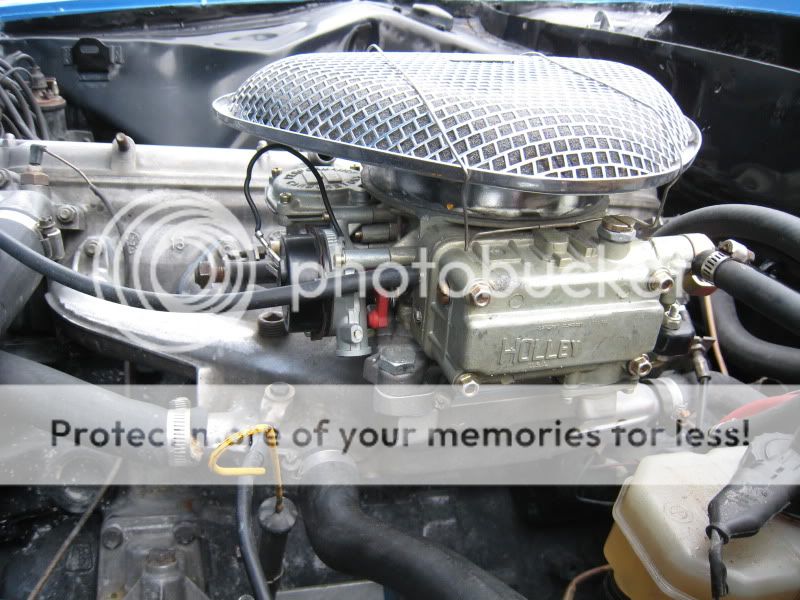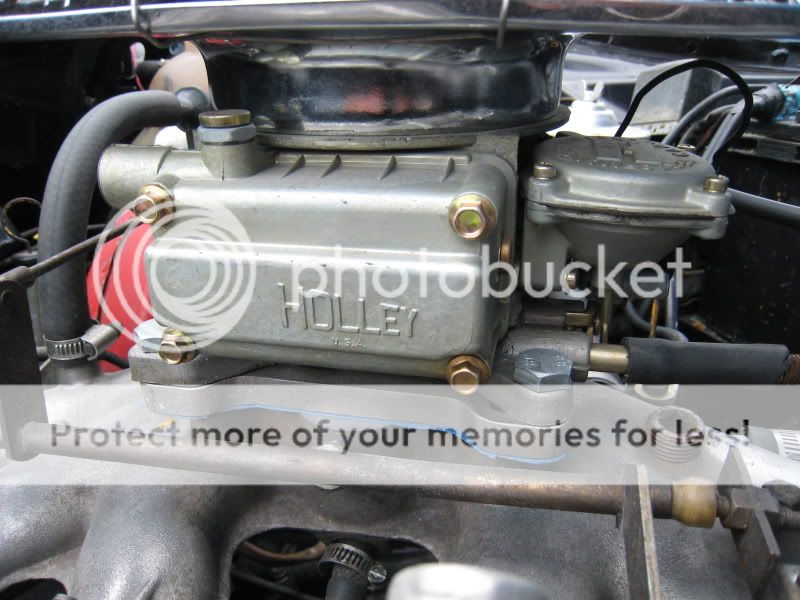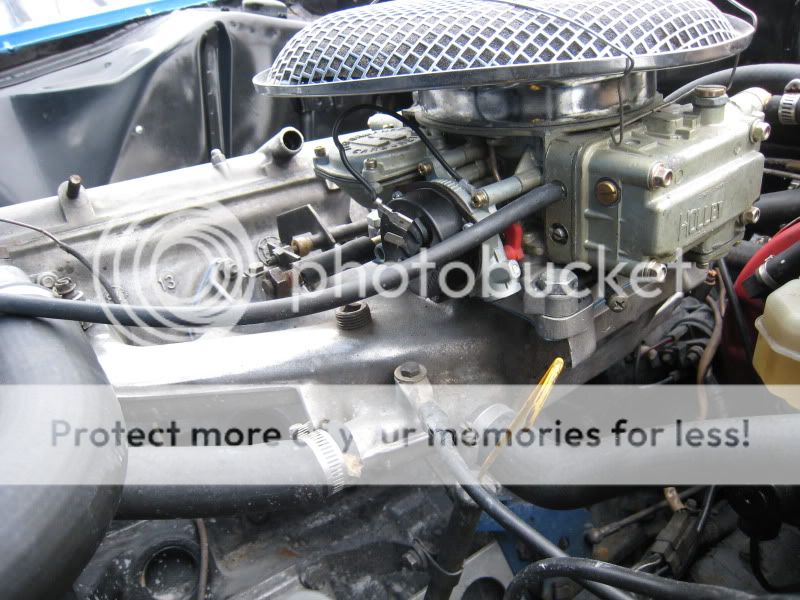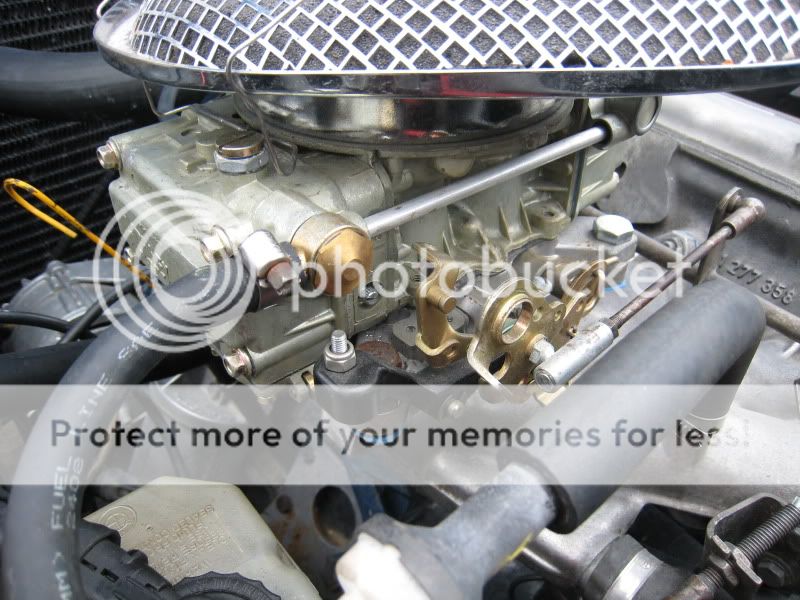yellowbullet
Active Member
I just purchased another '74 3.0CS with a 3.3L swap. The previous owner installed a European intake manifold (same as the one being sold on the forum) and a Holley 350cfm four barrel carb. Is this intake set-up any good? Should I revert back to stock? Thanks in advance.










Last edited:


